How are pliers different from pliers?
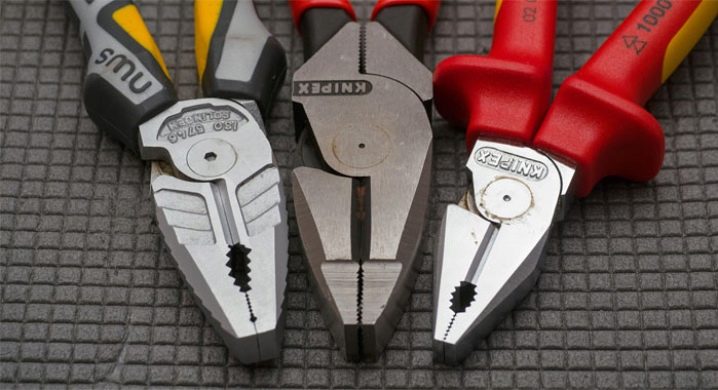
Multifunctional tools can be found in any home. Pliers and pliers are indispensable in plumbing, when repairing triplets and mechanisms, during electrical work. Some people mistakenly believe that these tools are the same. In fact, they belong to the same group, but they differ in purpose and cannot be interchangeable.
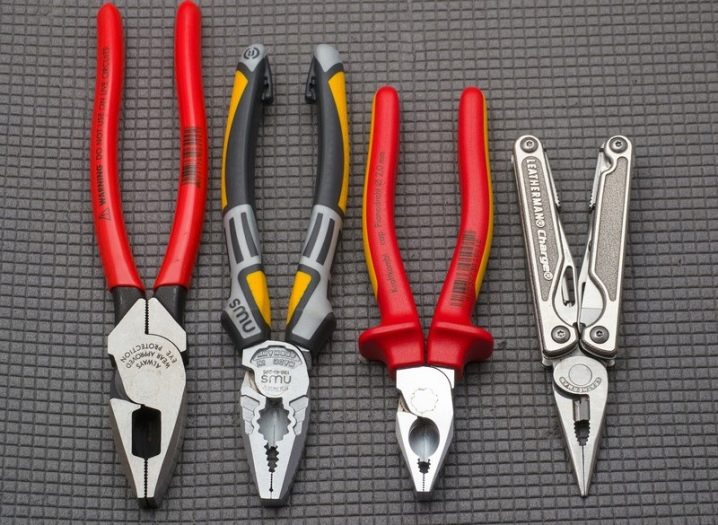
Features of pliers
If you need to fix an item with metal parts or carry out construction work, then use pliers. The working part resembles a pyramid in shape, the lips are flat, hence the name. There are special notches on the inside. The two metal parts of the pliers are connected crosswise. Under the working part there are handles that move thanks to the hinge. The smooth surface allows you to bend, clamp and fix soft metal alloy products, wires, metal sheets. Sometimes pliers are used to loosen nuts, but this does not apply to the main functions.

The tool can have a different appearance. Pliers are divided into 6 types, each of which is designed for specific manipulations.
- With an elongated and narrow work surface. The tool has a low compression force. Used for small soft metal alloy parts.
- Curved ends. Helps to work with hard-to-reach parts. Excellent pliers for electronics, allow you to get to the elements under the boards.
- With thin and elongated ends. Most often used for fixing small nails. The handles help to increase the gripping force as needed.
- For working with delicate materials. The working part has a softened or smooth finish. May have silicone pads. They are used when working with materials that can break or be scratched when inaccurate.
- Combined can be made in two versions. The first subspecies is distinguished by the presence of a recess on the working surface. The second subspecies has a sharp edge. Combination pliers are helpful when you need to grip a rounded tube or bite off a piece of fine wire.
- Dielectric pliers. They differ in the presence of insulation on the handles. Used when working with electricity. Please note that the handles indicate at what maximum voltage can be applied.

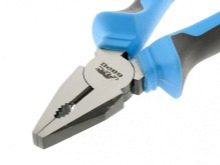
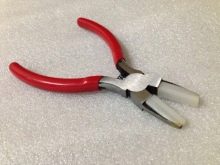
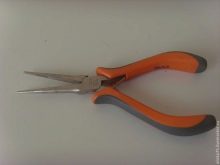
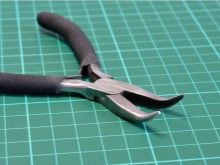
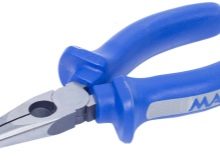
Remember that pliers are used for gripping medium and small parts, large ones won't work. Remember to lubricate moving parts periodically. Certain rules of work will help to increase the service life of the tool.
- The gripper helps to hold the part in position so that it does not slip. You can guide the product with pliers. The function is in demand in cases when it is impossible to physically perform the task with the hands, or the strength of the fingers is simply not enough.
- You should not make violent actions while seizing an object. Careless handling can damage the tool itself or damage the surface of the part.
- Classic pliers only grip flat parts. For rounded ones, use a combined look.
- When working with electricity, only hold the tool by the handles. If possible, turn off the voltage before starting the manipulations.
- Only soft metals can be nibbled with pliers.Do not use for cutting off parts of steel parts: this will damage the tool.
- The functionality of pliers is most in demand in radio installation work.

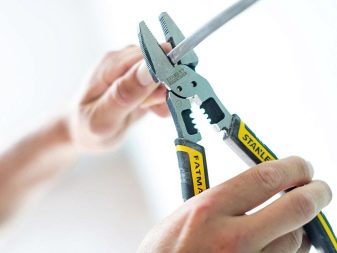
What are pliers?
Pliers are most often used for plumbing and electrical work. A versatile tool is widely used in everyday life due to the fact that it can be used in almost any field. The working surface of the tool has special grooves with notches, thanks to which a reliable grip and holding of various surfaces is produced. Most do-it-yourselfers use combination pliers that can handle many tasks. There are also more narrow-profile types of tools.
- Dielectric externally and in functionality, they completely duplicate the combined ones, but are equipped with handles made of insulating material. This part allows you to work with wires and devices under voltage. Pliers are used when replacing or installing wiring, electrical equipment, meters. Every electrician must have a tool.
- Eyelet pliers very much in demand. No special skills are required to work with the tool. Pliers are used when installing rings for attaching curtains, advertising banners and stretch marks. They will help you install eyelets on clothes or shoes, so they can be useful for all family members.
- Combined adjustable pliers are sometimes referred to as adjustable or pipe pliers. Outwardly, they resemble conventional combined ones, but they allow you to adjust the opening of the jaws. Such a tool will help to grip and hold round parts of any diameter. Can be used as a wrench if desired.
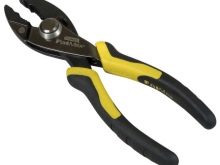

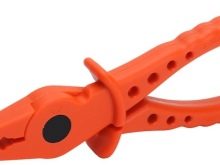
Prevent corrosion on the metal, always lubricate the work surface. This will help extend the life of the pliers. In addition, there are some rules of use.
- Pay attention to the distance between the handles to avoid pinching your fingers.
- Pliers make it possible to grip flat and cylindrical parts.
- Can be used to hold nuts. It is better not to unscrew the tightened nuts with pliers.
- It is important not to push, but to pull the tool while working.
- If you need to cut the wire, set it perpendicular to the cutting end.
- When working with electricity, hold the tool by the insulating handles.
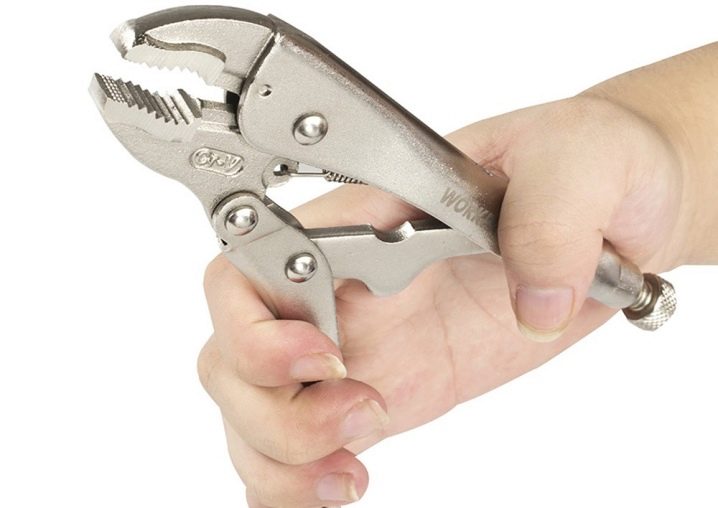
What's the difference?
According to GOST, pliers and pliers belong to hand-held fitter's tools. It is quite easy to visually distinguish them by their essential features.
- The size. The pliers have short and massive jaws, large handles. The tool is smaller.
- The difference in the shape of the working area. The pliers are distinguished by oval notches, while the pliers have smooth lips.
- Only the pliers are equipped with a swivel joint.
- The pliers are more versatile and the pliers are narrower.
- Pliers work with flat parts. If you need to grab a round or cylindrical - with pliers.
- The pliers have a more contoured surface, so the grip will be more secure.
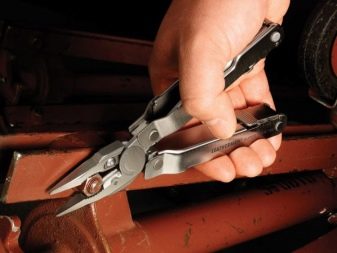
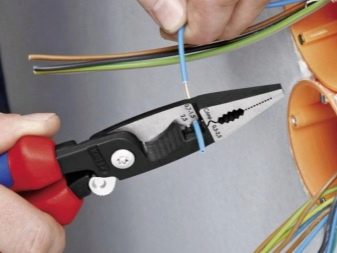
It is better for specialists to purchase a tool based on their needs. Pliers are better suited for home use due to their versatility. A quality tool should be chosen and used only for its intended purpose.

For information on how pliers differ from pliers, see the video below.













The comment was sent successfully.